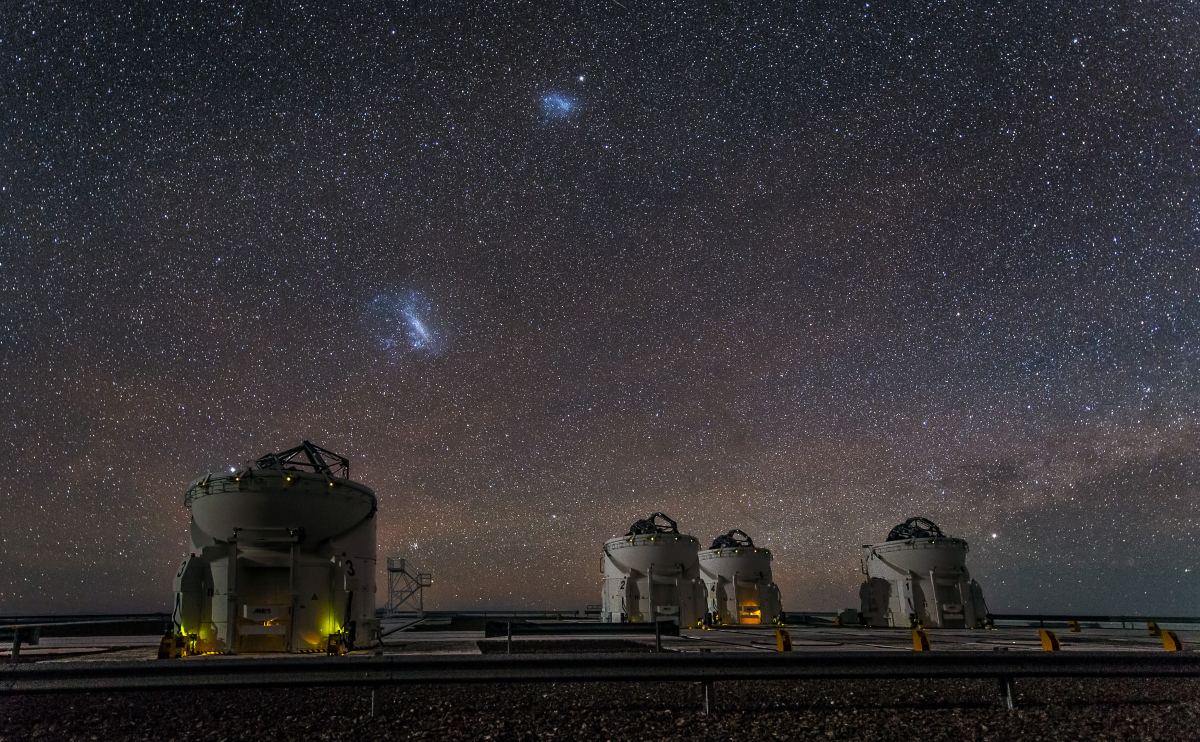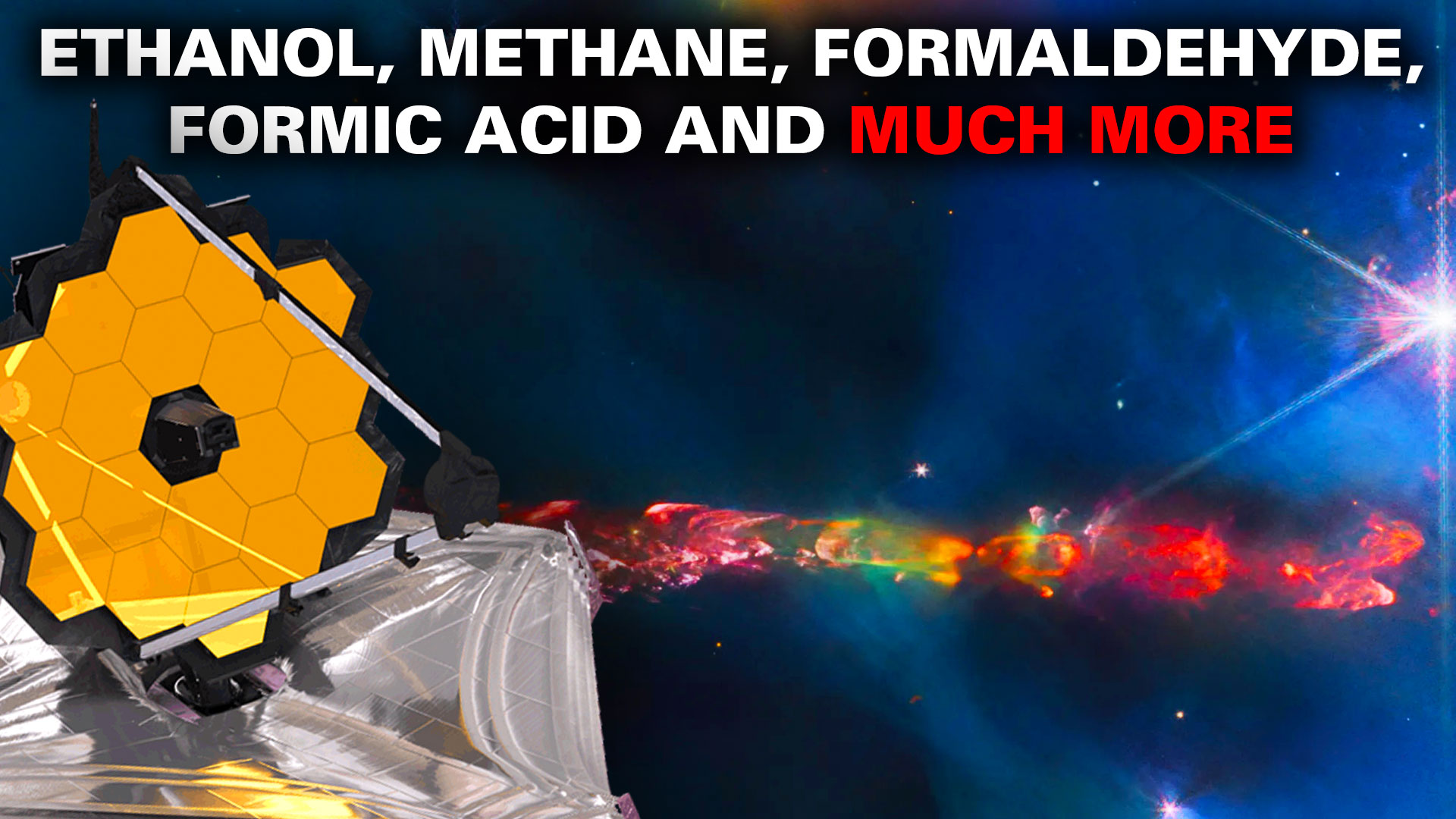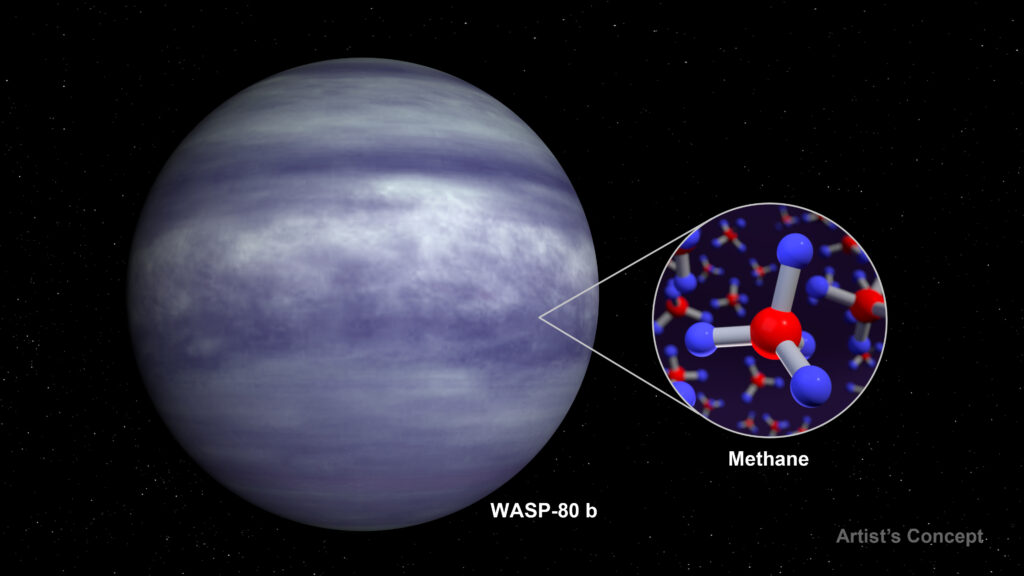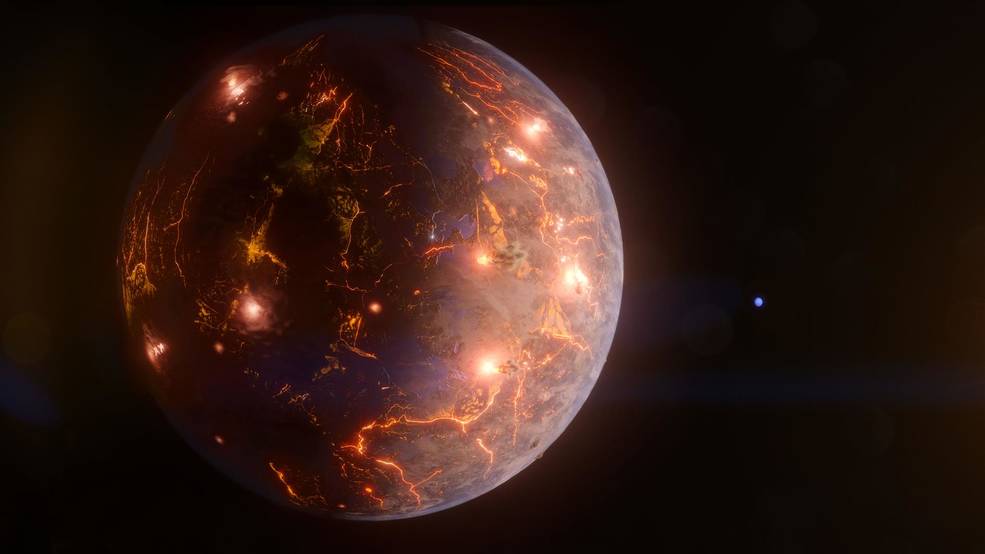I’ve used this fact a gazillion times; every atom in your body has been through the core of a star! The carbon in our bones formed through fusion like many other elements and was thrown out into space to seed the cosmos with the elements for life. A team of researchers have been exploring this journey, tracking a giant conveyor belt that surrounds the Galaxy and the results are surprising.
You’re Made of Carbon that Took a Journey into Intergalactic Space










